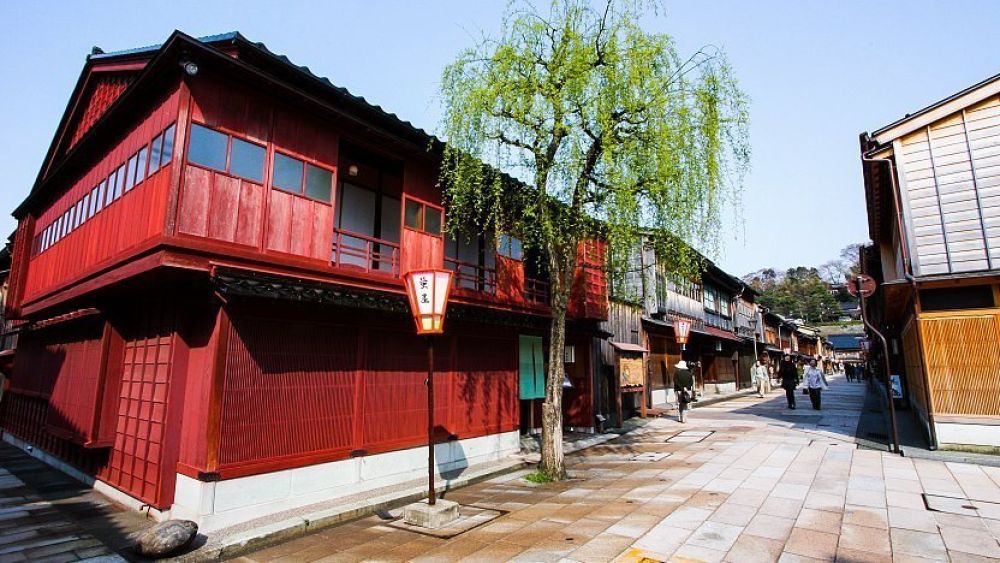

The Higashi Chaya District in Kanazawa, with its historic charm and well-preserved Edo period streets, has long been a focal point for cultural tourism in Japan. Known as one of the country's most beautifully preserved chaya districts, it transports visitors back to a time where geishas performed and entertained the wealthy.
Established in the 1820s, during the latter part of the Edo period, the Higashi Chaya District became a designated area where traditional teahouses, or 'chaya', operated. These establishments were exclusive places for entertainment, where geisha would perform dances and music for samurai, merchants, and aristocrats. Due to the significant cultural value, Higashi Chaya District has been recognized as a Japanese cultural asset.
In the 20th century, with the rise of modern entertainment forms, the appeal of traditional chaya entertainment diminished. However, the cultural and historical importance of these districts captured the attention of the tourism industry, prompting conservation efforts.
In 2001, the charm of Kanazawa's Higashi Chaya District and its national importance were acknowledged when the area was designated as a part of Kanazara's Important Preservation Districts for Groups of Traditional Buildings by the Japanese government. This led to increased tourism to the area, and significant preservation practices were implemented to maintain its historical authenticity and aesthetic.
Today, Higashi Chaya District is a bustling tourist hub, reflecting trends that prioritize experiential and cultural travel. Visitors flock to the area not only to enjoy its visual time-capsule quality but to engage with deeper cultural experiences, such as watching geisha performances, participating in a traditional tea ceremony, or enjoying the craftsmanship of the local gold leaf artisans.
The district's narrow streets are lined with teahouses, sweet shops, and artisan stores, showcasing the handcrafted luxury goods for which Kanazawa is famous. The latest trend in the area includes the restoration of some old teahouses into boutique lodgings, allowing tourists to immerse themselves entirely in the atmosphere of historical Japan.
Visitors are encouraged to explore the area on foot to appreciate fully the wooden latticework and the historical architecture of the buildings. English-language guided tours are also available, providing insight into the district's past and its place in the broader cultural narrative of Japan.
While photographing the beautiful streets is a popular activity, it's essential to remember that the Higashi Chaya District isn't merely a tourist attraction; it remains a living, working district. Tourists are, therefore, reminded to show respect to the residents and working geishas as they enjoy their experience.